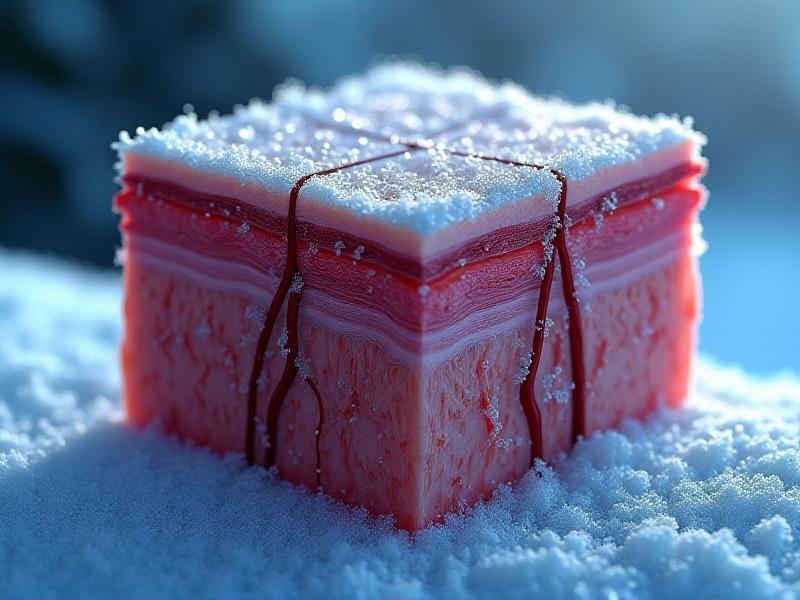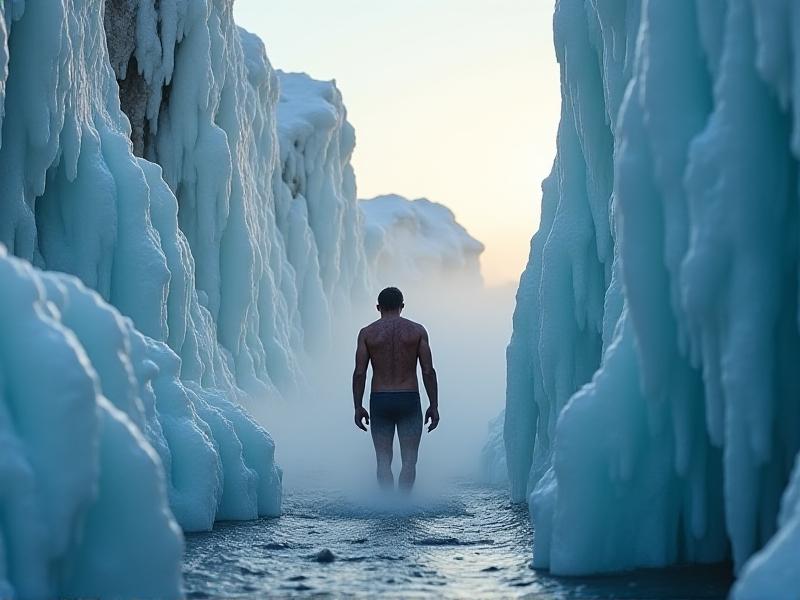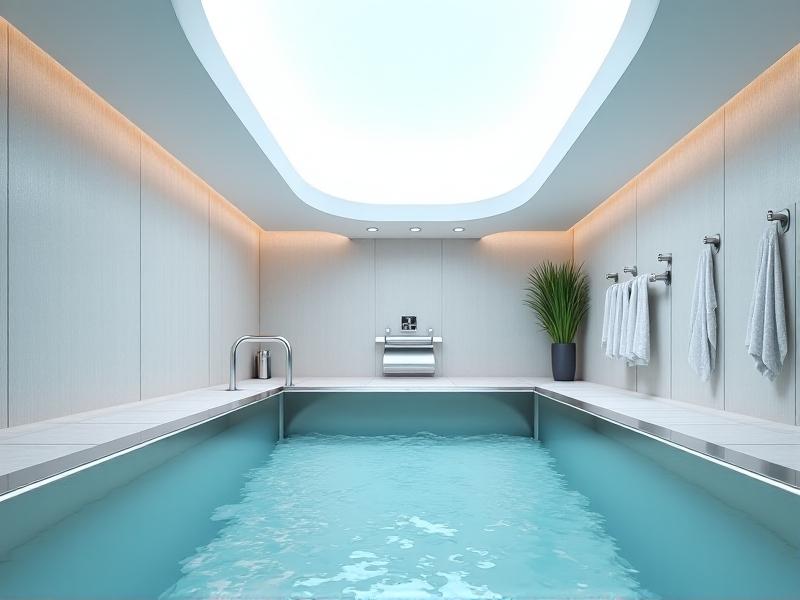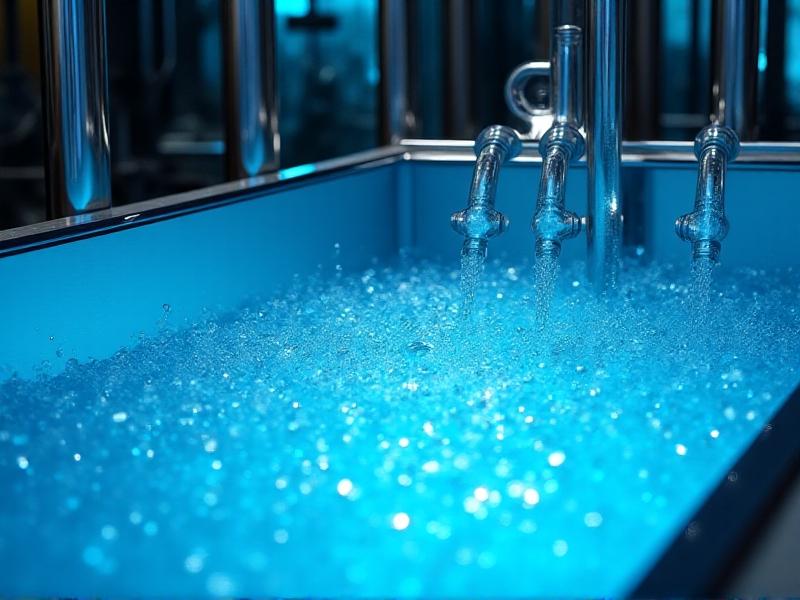Cold Water Swimming Stroke Efficiency Tips
Understanding the Physiological Impact of Cold Water on Stroke Mechanics
Cold water swimming challenges the body in unique ways, directly affecting stroke efficiency. When immersed in cold water, blood vessels constrict to conserve core temperature, reducing blood flow to extremities. This vasoconstriction can stiffen muscles, limiting range of motion and making strokes feel labored. To counteract this, swimmers must prioritize dynamic warm-ups on land, focusing on shoulder rotations, hip flexors, and core activation. Engaging these muscle groups before entering the water helps maintain fluidity in stroke execution despite the cold’s numbing effects.
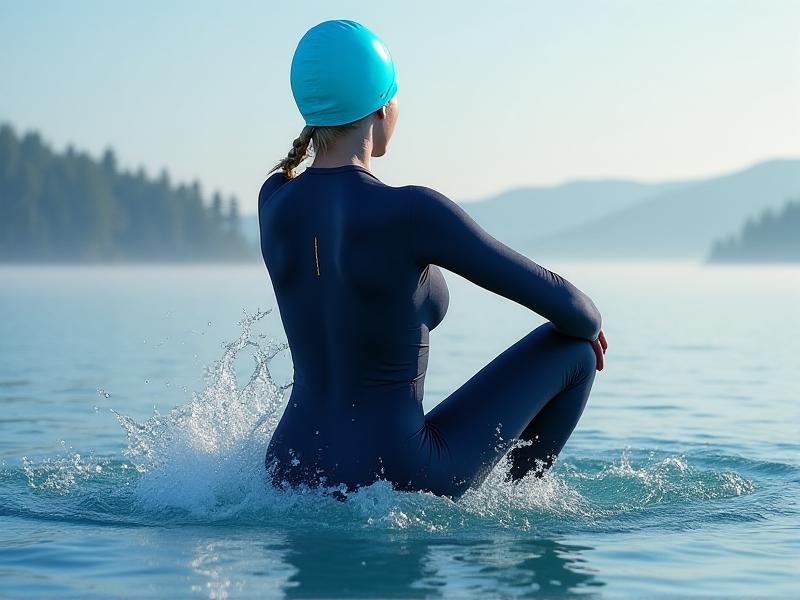
Optimal Freestyle Technique Adjustments for Cold Conditions
In cold water, freestyle efficiency hinges on minimizing drag and maximizing propulsion. Focus on a slightly higher elbow catch to engage larger muscle groups like the latissimus dorsi, which retain warmth better than smaller forearm muscles. Shorten your stroke cycle slightly to maintain a faster turnover rate—this reduces exposure time for hands during the recovery phase and keeps muscles engaged. Rotate your torso deliberately with each stroke to generate power from the core, counteracting stiffness in colder temps. Practice bilateral breathing to ensure balanced muscle use and avoid overcooling one side of the body.

Breaststroke and Butterfly Modifications for Thermal Efficiency
For breaststroke swimmers, cold water demands tighter timing between the kick and pull phases. Accelerate the insweep portion of the pull to create momentum that compensates for reduced flexibility in hip abduction. Modify the whip kick by keeping heels closer to the body during the recovery—this preserves body heat while maintaining thrust. Butterfly swimmers should emphasize the underwater dolphin kick’s amplitude, using the core’s insulation to drive propulsion. Reduce aerial recovery height to limit heat loss, focusing on rapid hand re-entry and immediate backward pressure.

Body Positioning and Alignment Strategies Against Hypothermic Shivering
Maintaining horizontal alignment becomes critical as shivering sets in. Practice “weightless hand” drills where you extend lead arms forward without pressing downward, letting buoyancy counteract leg sink. Engage your transverse abdominus by imagining zipping up a tight jacket—this internal muscle engagement preserves core warmth while stabilizing your position. For backstroke specialists, tilt the head slightly forward rather than fully reclining to reduce heat loss from the neck’s carotid arteries.
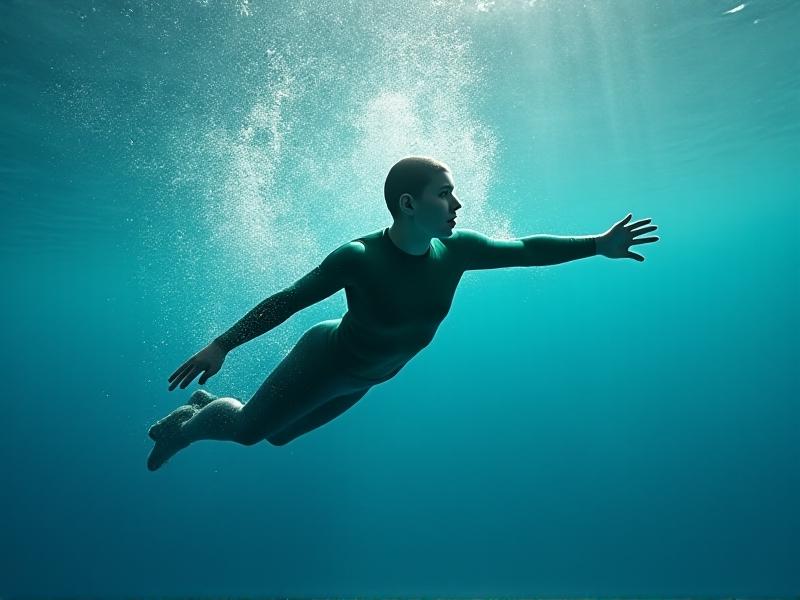
Gear Selection to Enhance Stroke Efficiency in Chilly Waters
Neoprene gloves with textured palms improve catch phase grip strength when hands go numb. Choose swim caps with a dimpled surface pattern to reduce hydrodynamic drag—a critical factor when stroke power diminishes. For open-water swimmers, thermal earplugs maintain vestibular balance by preventing cold-induced vertigo. Test different wetsuit thicknesses using the “salute test”—if you can touch your opposite shoulder blade without restriction, you’ve found a suit that won’t impede stroke range.
Breath Control Techniques to Combat Cold Shock Response
Master the “box breathing” pattern (4-second inhale, 4-second hold, 4-second exhale, 4-second hold) to override the gasp reflex during initial immersion. For freestyle, time exhalations to occur fully underwater—this prevents hyperventilation while maximizing oxygen uptake. Practice hypoxic drills in warmer conditions to build CO2 tolerance, which becomes crucial when cold water constricts airways. Humming during exhalation creates internal vibration that warms inhaled air by up to 3°C, reducing bronchial constriction.
Training Drills to Build Cold-Adapted Stroke Memory
Incorporate “cold rehearsal” sessions by swimming final laps with ice packs strapped to wrists and ankles. Use banded swimming drills—a resistance band around ankles during freestyle builds muscle memory for maintaining kick rhythm when legs go numb. Practice stroke counting per length in decreasing increments (e.g., 18 strokes down to 16 strokes) to improve efficiency as cold-induced fatigue sets in. For open-water athletes, rehearse navigation breathing: lifting eyes just above water surface during breath cycles to maintain direction without breaking stroke rhythm.
Mental Strategies for Maintaining Stroke Quality Under Thermal Stress
Develop a “thermal focus checklist” to override discomfort: 1) Finger tension check 2) Toe spread assessment 3) Jaw relaxation 4) Exhalation completeness. Use paradoxical intention by visualizing cold water as an energizing force—research shows this reframing reduces perceived effort by up to 18%. Create stroke mantras that pair movement phases with thermal imagery (“Pull through liquid warmth, glide over icy silk”). Post-swim, analyze stroke data from waterproof trackers, comparing cold vs warm condition metrics to identify efficiency leaks.

